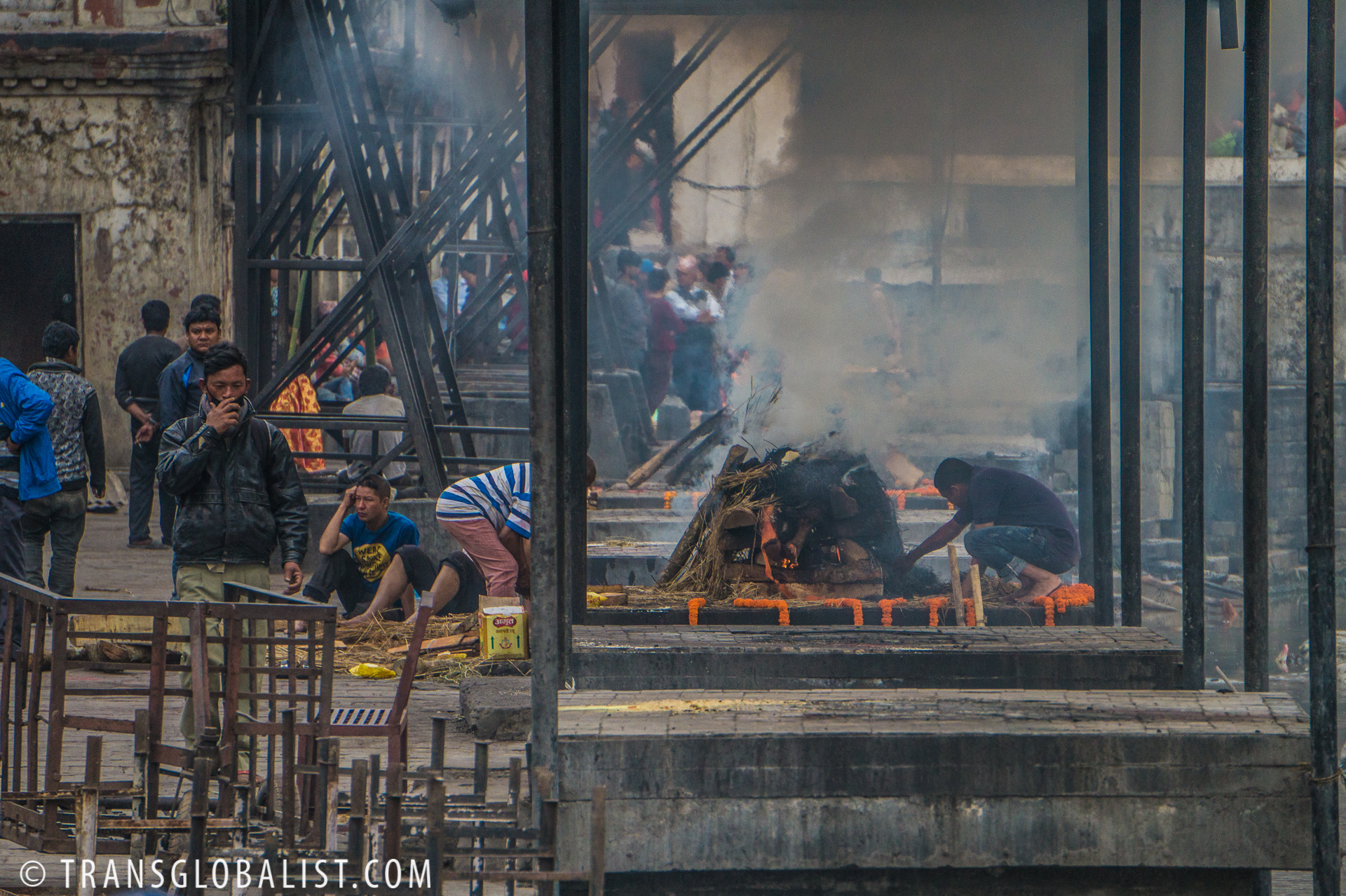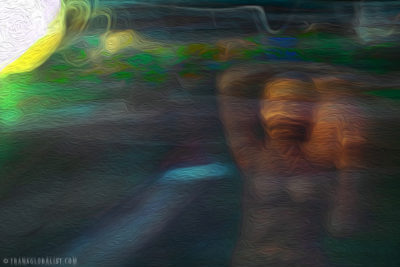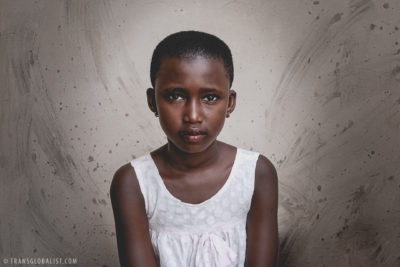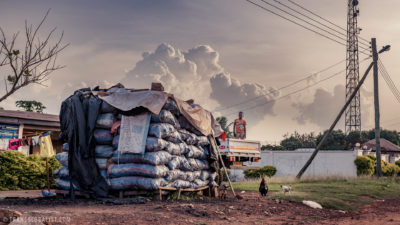[ Kathmandu ]
At the behest of the same visiting friend from my recent Tansen excursion, I broke from my usual “no tourist sites” rule and visited both Kathmandu’s Durbar Square and the [in]famous Pashupatinath Temple. Despite the dust and a few logistical setbacks, it was a productive day—focused on people working, praying, or otherwise involved in the less-than-glamorous, quotidian rituals of life and death.
NOTE: The featured image, above, shows a Nepali Hindu tending to the cremation of a family member. There were three bodies burning at the time I took this photograph, and at least two more waiting for their own ceremonies to begin. Despite the matter-of-fact and open way in which Nepalis send their dead on to the next life, it would be incredibly impolite to photograph such a ceremony in any open or intrusive way. For my part, I shot these photos from a concealed position, far away, using a telephoto lens; care was taken to make sure no family member could be identified in the images.
Is it ethical to take such photos? Were my precautions sufficient? I can’t say for sure (though I certainly hope so), but I do know they are an improvement on the attitudes and actions of many visitors to Pashupatinath—often with the complicity of the touts and “guides” who encourage these actions (for a substantial fee, of course). This is just one of the many attendant difficulties when photographing across linguistic and cultural boundaries.






